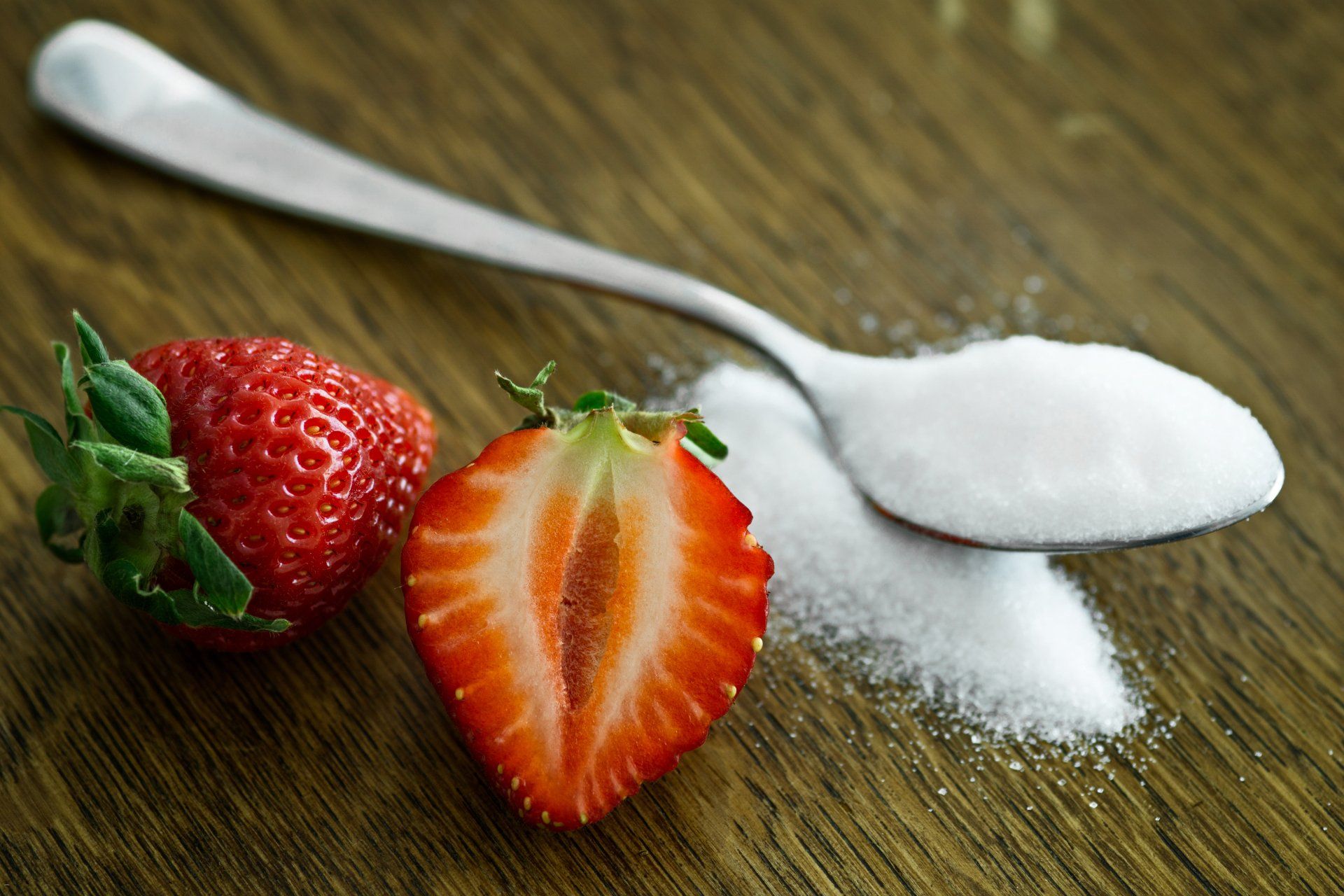Greek Yogurt - Exactly what is it?
Greek Yogurt – Exactly what is it?
By: Auburn Johnson MSc
Greek yogurt differs from other yogurts in several ways, including its texture, nutritional content, and production process. Here are some key differences:
1. Straining Process:
· The most significant difference lies in the straining process. Greek yogurt is made by straining regular yogurt to remove whey, the liquid part of the yogurt. This straining process gives Greek yogurt its thick and creamy consistency.
2. Texture:
· Greek yogurt is known for its thicker and creamier texture compared to regular yogurt. The straining process removes excess liquid, resulting in a more concentrated and dense product.
3. Protein Content:
· Due to the straining process, Greek yogurt typically has a higher protein content than regular yogurt. The removal of whey concentrates the protein in the remaining yogurt.
4. Fat Content:
· Greek yogurt can have varying fat content, but it often contains less fat than full-fat regular yogurt. However, low-fat and fat-free versions of both types are available.
5. Carbohydrates and Sugar:
· The straining process also reduces the carbohydrate content of Greek yogurt, including sugars. As a result, Greek yogurt may have lower sugar content compared to some regular yogurts.
6. Taste:
· Some people find Greek yogurt to have a tangier taste compared to regular yogurt. The concentration of flavors due to the straining process contributes to this difference.
7. Cultures Used:
· Both Greek yogurt and regular yogurt are made using similar bacterial cultures. However, specific strains and proportions may vary between different brands and types of yogurt.
8. Uses in Cooking:
· Due to its thicker consistency, Greek yogurt is often preferred in recipes that require a creamier texture, such as in sauces, dips, and dressings. It is also commonly used as a substitute for sour cream or mayonnaise.
9. Price:
· Greek yogurt is often slightly more expensive than regular yogurt, reflecting the additional labor and resources involved in the straining process.
10. Nutrient Absorption:
· Some individuals who are lactose intolerant find Greek yogurt easier to digest because the straining process removes some of the lactose.
It's essential to note that individual preferences may vary, and some people may prefer the taste and texture of regular yogurt over Greek yogurt or vice versa. The choice between the two often depends on personal taste preferences, dietary goals, and specific culinary applications.












